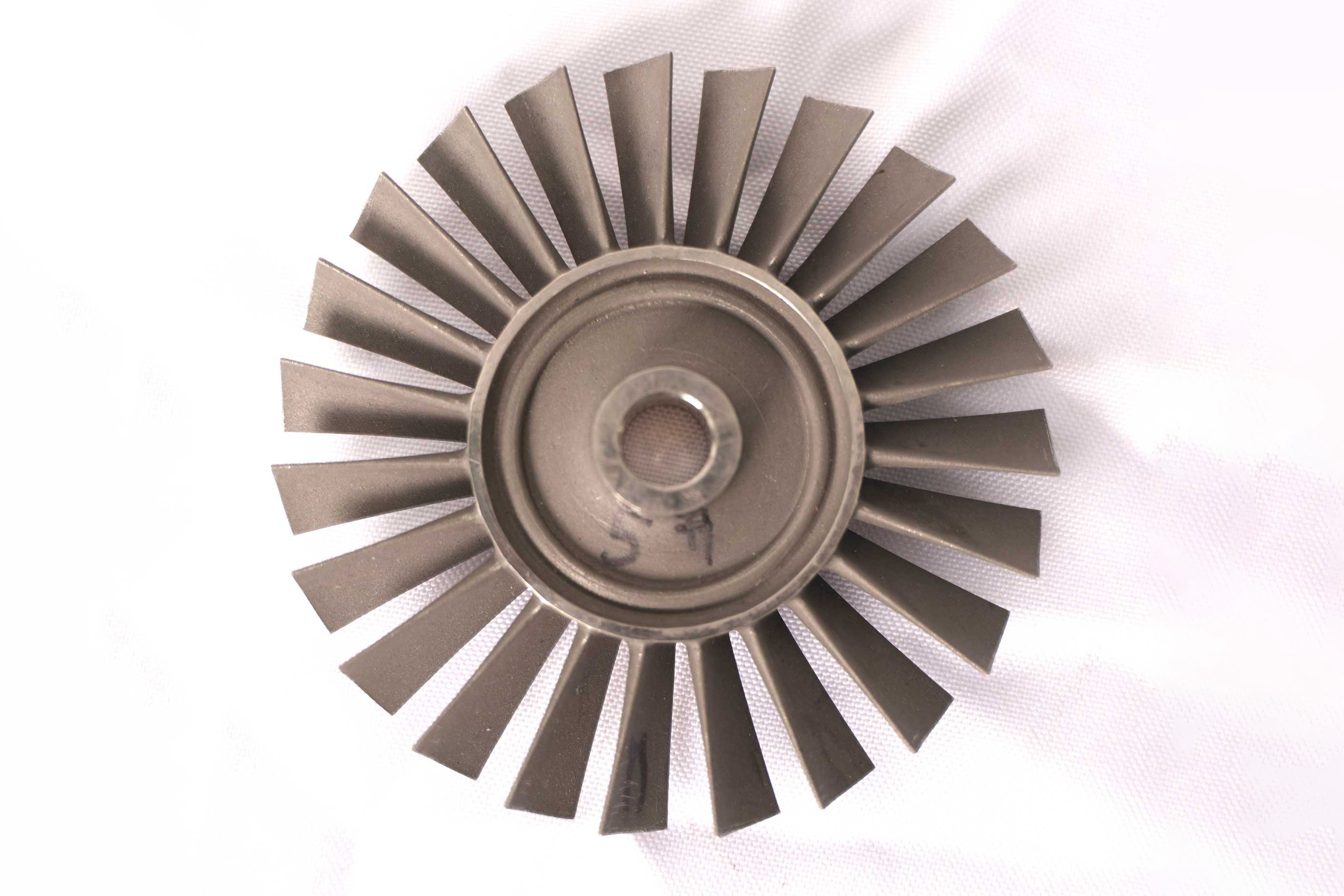Hastelloy alloy Isothermal Forging Gas Turbine Parts
Introduction
Hastelloy alloy isothermal forging is a critical process for manufacturing high-performance gas turbine parts that must endure severe thermal loads and aggressive chemical environments. At Neway AeroTech, we specialize in the forging of Hastelloy X, C-22, C-276, and N components under controlled isothermal conditions to achieve exceptional creep resistance, oxidation protection, and dimensional accuracy (±0.02 mm). These forged components are ideal for power generation, chemical processing, and aerospace gas turbine systems.
Isothermal forging enables fine grain control and uniform microstructure throughout complex geometries, optimizing long-term performance under elevated temperature and corrosive service.
Core Technology of Hastelloy Isothermal Forging
Alloy Preheating: Hastelloy billets are heated to forging temperatures of 1050–1150°C in a controlled, inert atmosphere to prevent oxidation.
Isothermal Forging Process: Die and workpiece are maintained at equal temperatures to allow slow, controlled deformation and improved microstructure uniformity.
Fine Grain Control: Produces ASTM grain size 10–12 across the part, essential for fatigue resistance and thermal stability.
Solution Heat Treatment: Post-forging heat treatment removes residual stresses and restores corrosion-resistant phase balance.
Precision Machining: CNC machining ensures ±0.02 mm tolerances for all mating surfaces, sealing diameters, and bore fits.
Optional Surface Treatment: Passivation or coating may be applied for enhanced surface protection in chloride-rich or high-flux environments.
Material Characteristics of Forged Hastelloy Gas Turbine Parts
Property | Hastelloy X | Hastelloy C-22 | Hastelloy C-276 | Hastelloy N |
|---|---|---|---|---|
Max Operating Temp | 1175°C | 600°C | 675°C | 704°C |
Oxidation Resistance | Excellent to 1200°C | Excellent | Excellent | Moderate |
Corrosion Resistance | High (oxidizing) | Exceptional (chloride) | Exceptional (acid) | Excellent (fluoride) |
Creep Resistance | High at 870°C | Moderate | High at 700°C | High at 700°C |
Tensile Strength | ~800 MPa | ~690 MPa | ~750 MPa | ~790 MPa |
Grain Size | ASTM 10–12 | ASTM 10–11 | ASTM 9–11 | ASTM 9–11 |
Case Study: Forged Hastelloy Gas Turbine Sealing Rings and Nozzles
Project Background
A gas turbine OEM required sealing rings, nozzles, and transition ducts forged from Hastelloy X and C-276 for operation in an industrial power plant. Key criteria included high creep resistance, thermal fatigue life >30,000 cycles, and sustained exposure to 700–900°C combustion gases.
Typical Hastelloy Forged Gas Turbine Components
Sealing Rings: Hastelloy X used for radial and axial seals in hot turbine zones; forged rings resist oxidation and maintain flatness under heat cycling.
Transition Ducts: Forged Hastelloy C-276 ducts maintain strength while exposed to acidic condensates and high-velocity exhaust gas.
Combustor Nozzles: C-22 forged into complex geometries with thin walls (2–3 mm), exhibiting excellent corrosion resistance in mixed gas environments.
Mounting Brackets and Frames: Hastelloy N used in fluoride-rich turbine cooling zones, resisting microstructural degradation and thermal warping.
Forging and Machining Solution
Billet Preparation: Vacuum-melted Hastelloy X billets cut and preheated to 1120°C, ensuring homogeneity and flow consistency during forging.
Isothermal Forging: Parts forged in isothermal presses with temperature-controlled dies at 1100°C, allowing uniform grain flow and net-shape control.
Solution Annealing: Post-forging annealing at 1175°C dissolves intermetallic phases and restores corrosion resistance.
Aging (If Required): Certain Hastelloy grades (e.g., N) may undergo aging to improve strength at service temperatures.
Precision CNC Finishing: Final features machined to ±0.02 mm on sealing surfaces, bolt circles, and gas-path diameters using 5-axis CNC centers.
Surface Enhancement: Components passivated or coated for additional oxidation and corrosion protection under thermal cycling conditions.
Inspection & Testing: X-ray and ultrasonic inspection verify zero internal defects. Geometry validated via CMM.
Results and Validation
Mechanical Properties: Forged parts met and exceeded strength targets (Hastelloy X: 820 MPa UTS) and creep resistance at 900°C.
Dimensional Precision: All critical surfaces met ±0.02 mm CMM-confirmed tolerances, ensuring leak-tight sealing and mechanical fit.
Thermal Fatigue Life:
35,000 cycles verified in laboratory thermal shock testing for thin-walled Hastelloy nozzles.
Corrosion Testing: Salt spray and acid immersion tests showed no degradation after 1000 hours of exposure.
NDT Certification: 100% radiographic and ultrasonic acceptance, per ASME and customer specifications.
FAQs
What are the benefits of using Hastelloy alloys in gas turbine components?
How does isothermal forging improve the performance of Hastelloy parts?
Which Hastelloy grades are best for hot-section turbine environments?
What dimensional tolerances can Neway AeroTech achieve in forged Hastelloy parts?
What testing methods are used to ensure quality in Hastelloy turbine components?

